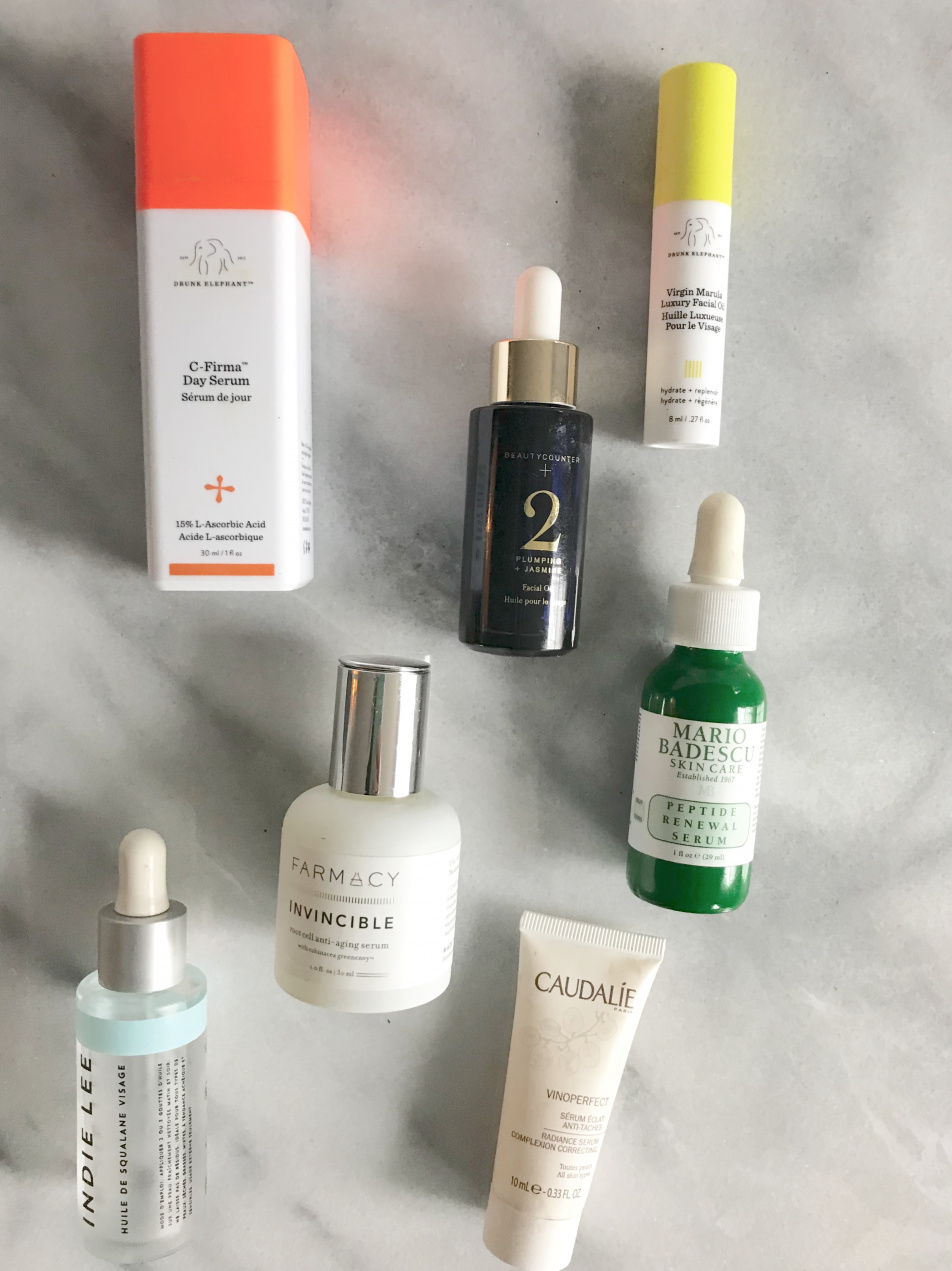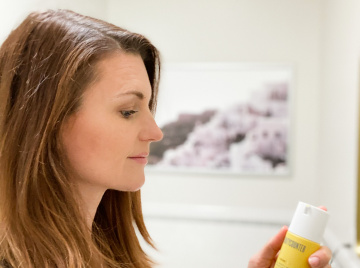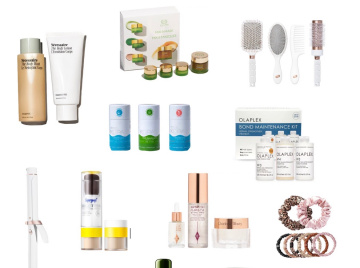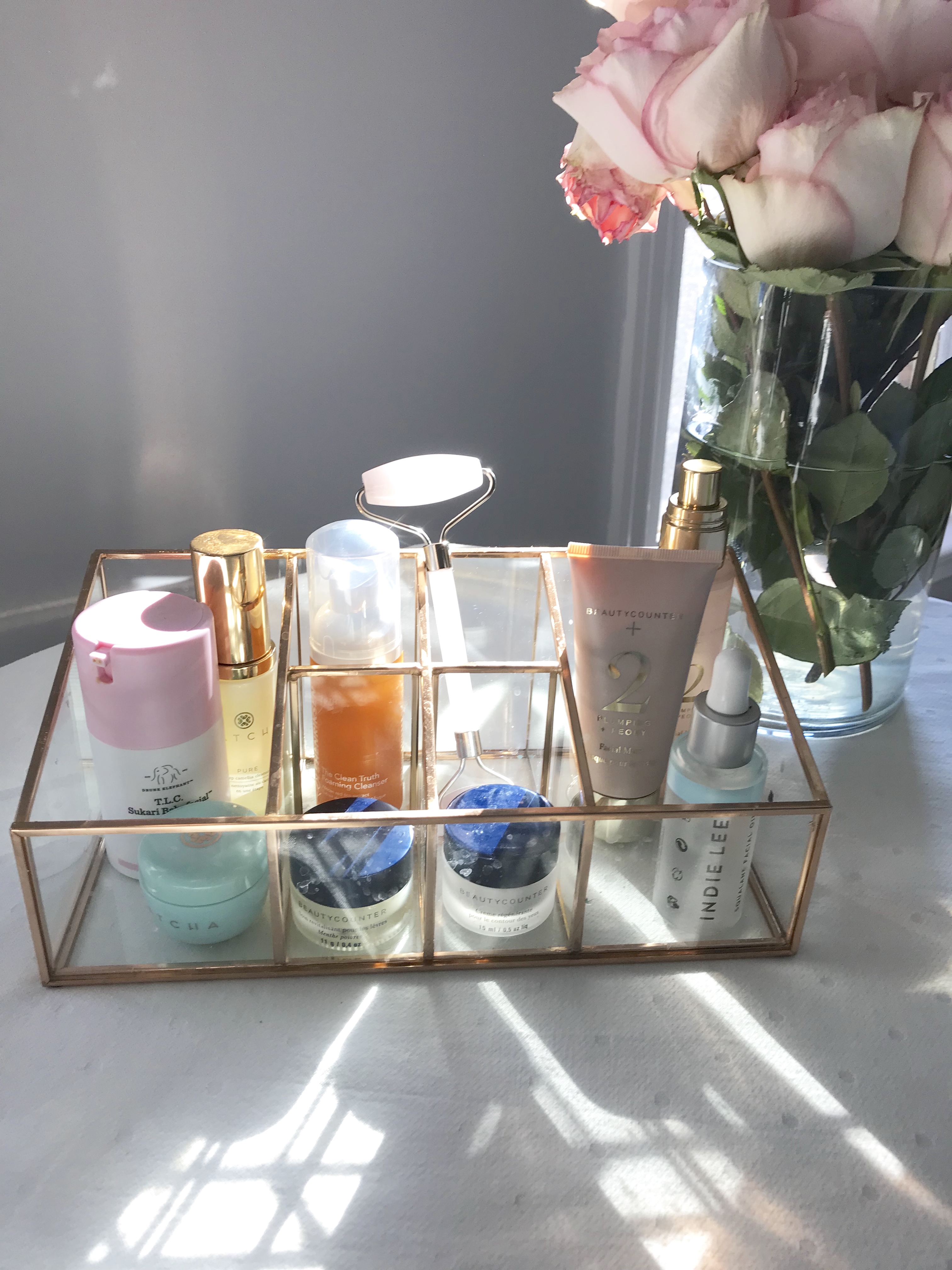 If you are like me, there are a few skincare products on your vanity. Once I hit 35, the bottles with the tiny dopplers starting popping up like rabbits.
If you are like me, there are a few skincare products on your vanity. Once I hit 35, the bottles with the tiny dopplers starting popping up like rabbits.
As I’ve learned more and more about the benefits of keeping your skin healthy, my love for skincare products has grown. Two favorites that are an absolute must for me are serums and facial oils. But I also hear the question come up a few times: What’s are the different benefits you get from a serum vs. facial oil?
Serums vs. Facial Oils
I wasn’t completely aware of this a few years ago. My forte was makeup, not skincare. But I knew there was a consumer perception of these as ingredients.
Serums have been in the mainstream longer and were touted in drug store brand foundations. But oil – at the time I was working in Marketing – no one was putting oil on their face. In fact, consumers were looking for products that were oil-free. It had the connotation of making you greasy. Thankfully, that has changed as evidenced by all the oils out there on the market, even popping up at places like Target.
Everyone knows that moisturization is important, so how do serums and oil play into this? And how are they different?
DIFFERENCES BETWEEN SERUMS AND OILS
It all comes back to chemistry basics. Simply put, your skin needs both oil and water. Serums are traditionally water based and Facial oils are as the name states, oil based. You know water’s job is to hydrate. Well, oil’s role is to lock it in. It’s like a sippy cup for your skin. You can have your water go straight to where it needs to hydrate or all over the backseat of your car. Additionally, your skin naturally produces oil. If it doesn’t make enough, then you feel really dry. I’m not a scientist, but I am convinced that women with oilier skin look younger in the long run for this reason.
Not to go too far down the science rabbit hole, but another difference is molecule size. Water based products have a smaller molecule than an oil based ones. Why does this matter? It’s about the layering. Most experts will suggest you first apply your serum. Followed by your moisturizer. This way, the benefits of the moisturizer can penetrate past the smaller molecules to get to your skin. If you apply oil before your moisturizer, it can’t get through the larger molecules. So you should work in this order and not in reverse.
HOW TO ADD SERUMS AND FACIAL OILS TO YOUR ROUTINE
That said, it’s not how I operate. I recommend doing what’s best for your skin. For me, I don’t want to use too many products at once. That’s what works for me.
Since I use a tinted moisturizer, I apply my skincare before I apply my makeup. To decide what to use, I typically think about my day {Will I be outside a lot? It is really cold out?} and/or how I’m feeling {dry, hormonal, hungover, normal} and go from there.
My typical skincare routine includes a Vitamin C serum in the morning applied before my tinted moisturizer.
At night, I use an anti-aging serum to really fight those fine lines as part of my regimen. I add a plumping oil after my moisturizer to really get that intense hydration.
What is currently in my routine:
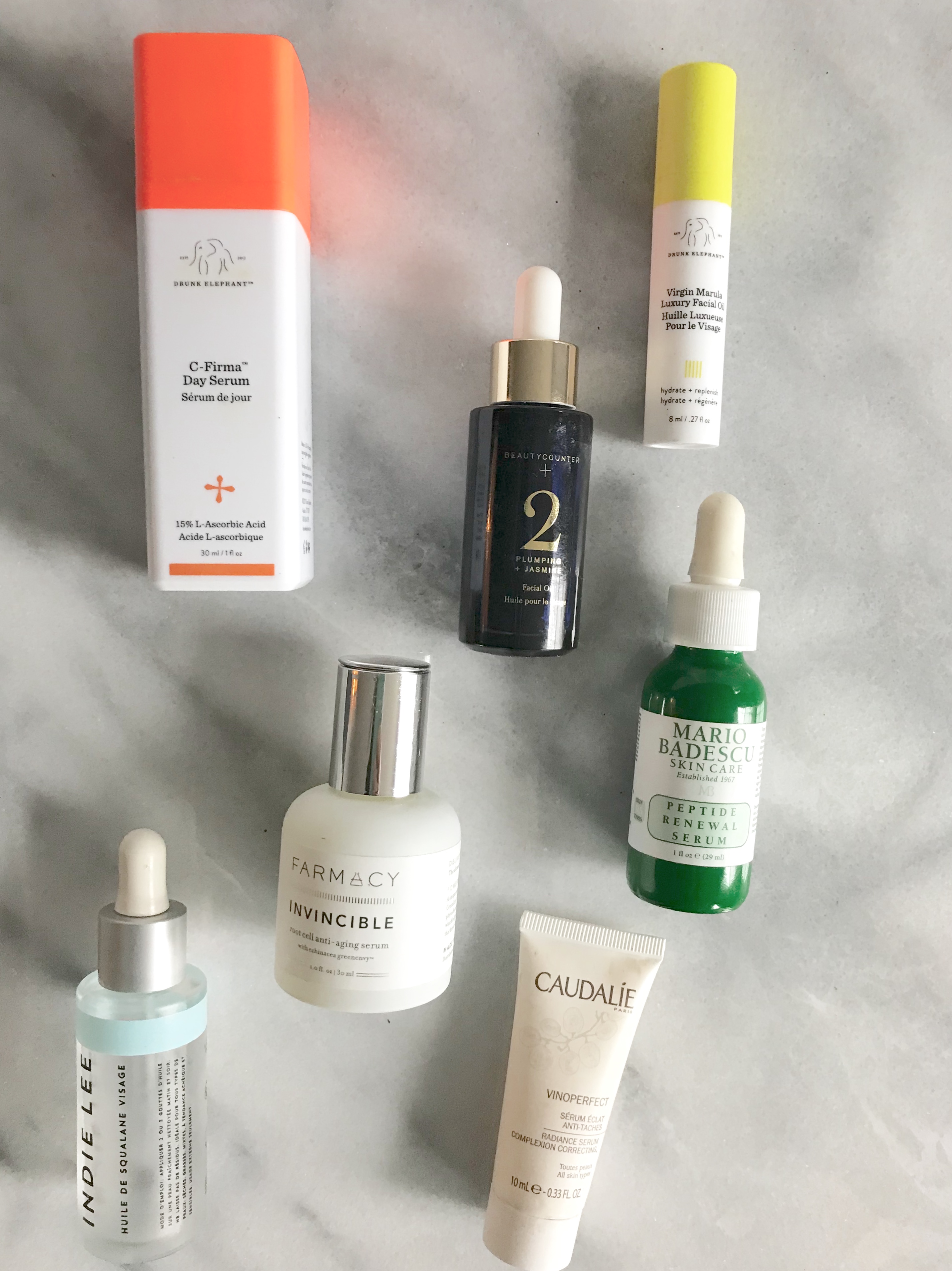
- Mario Badescu Peptide Renewal Serum
- Indie Lee Squalane Facial Oil {check out my post on Squalane}
- Beautycounter No.2 Plumping Facial Oil
- Drunk Elephant C-Firma Day Serum
- Drunk Elephant Virgin Marula Facial Oil
- Farmacy Root Cell Anti-Aging Serum
- Caudalie Vinoperfect Radiance Serum
{Note: I’ve made some updates since this post! Check out my posts: Reasons why you need a serum in your skincare routine and How to use a facial oil for what I’m using lately.}
Need some more serum and facial oil ideas?
Check out the Beauty Insider’s Morning Beauty Routine. They always have amazing suggestions.
You can also check out this post on the difference of essence vs. serums for more on how serums compare to other beauty products.
Lastly, shop by ingredients based on your skin type:
- Salicylic Acid // for acne prone skin and clogged pores: Sunday Riley U.F.O. Ultra-Clarifying Face Oil and Kate Somervile EradiKate Acne Treatment
- Vitamin E // helps with dryness: fresh Rose Deep Hydration Face Serum and Rodial STEMCELL Super-Food Facial Oil
- Vitamin C // a great antioxidant: Beautycounter Countermatch Intense Moisture Serum and Biossance Squalane + Vitamin C Rose Oil { find more vitamin C products in this post}
Shop the Post

